China’s financing and investment spread across 61 BRI countries in 2023 (up...
2024-02-27 30 英文报告下载
It is assumed that after the People’s Republic of China (PRC) became a net hydrocarbons importer in 1993 it “discovered” the Persian Gulf subregion and its importance to global energy fows. But in reality, China’s awareness of the subregion has much deeper roots that can be traced back to the 1955 Bandung conference, which eventually paved the way to the creation of the Non-Aligned Movement, and the celebration of liberation movements therein. China’s involvement in Yemen, and its support for the Dhofar rebellion in the late 1960s and early 1970s, were the precursors to a much deeper engagement with such countries as Kuwait, but most importantly regional power Iran, which established relations with the PRC in 1971.
It is worth noting that China’s largest investment market in the 1980s was in fact Iraq. China’s secret transfer of ballistic missiles to Saudi Arabia in the 1980s and its military relationship with the Islamic Republic of Iran were perhaps the clearest signs of China’s arrival as a critical infuence. Indeed, China’s military reach into the Persian Gulf and the wider region is today far more extensive than it has ever been. But it was energy that proved to be transformative. With about one-third of its oil imports coming from the small group of Gulf Arab monarchies, China’s thirst for oil since the mid-1990s has arguably expanded, indeed deepened, its interactions with the Persian Gulf states. The PRC’s relations with the Gulf states have developed to become among the most economically, politically and strategically signifcant of China’s relations in the wider region.

标签: 英文报告下载
相关文章
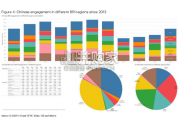
China’s financing and investment spread across 61 BRI countries in 2023 (up...
2024-02-27 30 英文报告下载

Though the risk of AI leading to catastrophe or human extinction had...
2024-02-26 50 英文报告下载
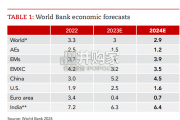
Focusing on the prospects for 2024, global growth is likely to come i...
2024-02-21 95 英文报告下载
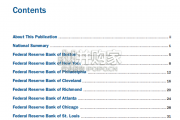
Economic activity declined slightly on average, employment was roughly flat...
2024-02-07 66 英文报告下载
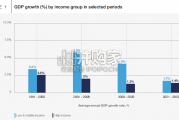
Economic growth can be defned as an increase in the quantity or quali...
2024-02-06 82 英文报告下载
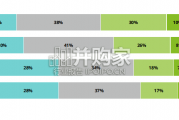
In this initial quarterly survey, 41% of leaders reported their organizatio...
2024-02-05 66 英文报告下载
最新留言